It’s wild how quickly some home trends go from must-have to must-hide. Just five years ago, certain design choices were all the rage—praised on Pinterest boards, featured in makeover shows, and popping up in homes across the country. But trends move fast, and what once felt sleek or cozy might now be making your home feel behind the times. If you’re thinking about updating your space (or selling), here are 13 features that have quietly aged out.
1. Sliding Barn Doors

Once beloved for adding rustic charm, sliding barn doors have officially entered “overdone” territory. As noted by House Digest, these doors are no longer a big selling point and, in some cases, might even turn buyers off. They don’t seal shut like regular doors, making them a less practical choice for rooms where privacy matters. Plus, they tend to feel clunky in homes that aren’t otherwise farmhouse-inspired.
While barn doors may still work in very specific settings, they often clash with modern or minimalist interiors. The trend was everywhere for a while, which made it feel less special and more like a copy-paste solution. If you’re going for a cozy look, pocket doors or clean-lined wooden panels feel fresher and more intentional now. When it comes to trends, ubiquity is often the beginning of the end.
2. All-Gray Interiors

Gray walls, gray cabinets, gray flooring—it was the default palette for years. But according to Homes & Gardens, gray interiors are now associated with lower sale prices in some regions. They can feel cold and impersonal, especially compared to the warmer, earthy tones that are trending now. People want their homes to feel comforting, not sterile.
That doesn’t mean you have to swing all the way to bold color if that’s not your vibe. Even switching from a cool gray to a warm greige can make a big difference in how your space feels. Today’s buyers (and renters) are responding more positively to hues like soft beige, olive, and warm white. If gray still appeals to you, try limiting it to accent pieces instead of drenching a room in it.
3. Industrial-Style Lighting
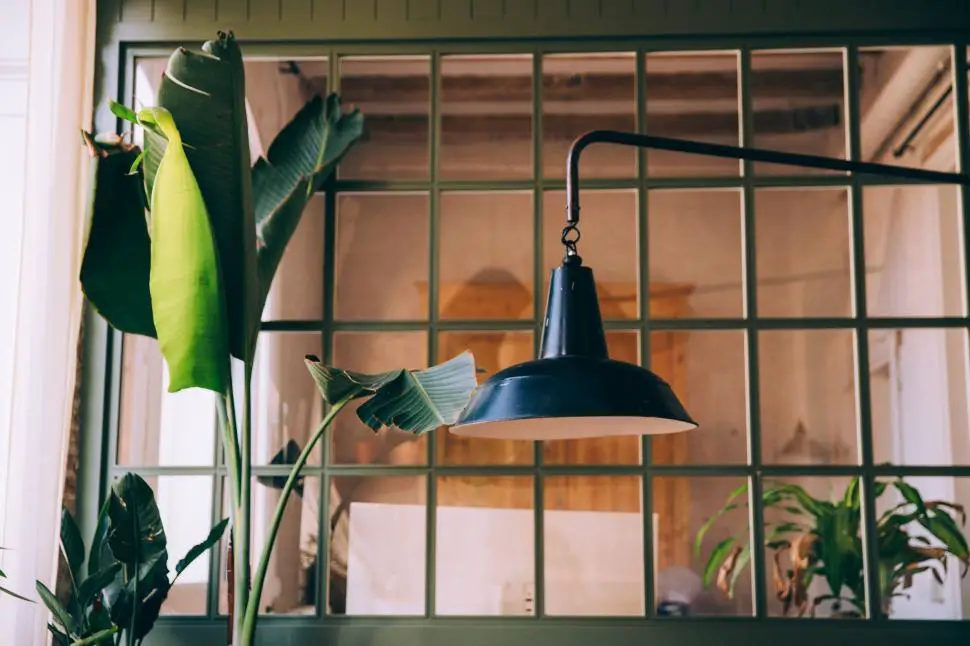
Exposed bulbs, cage pendants, and pipe-like fixtures were once peak edgy sophistication. But as noted by Architectural Digest, the industrial look has started to feel harsh and overly manufactured—especially in homes that otherwise lean cozy or traditional. These fixtures can cast harsh lighting and often lack the warmth that’s now favored in more lived-in spaces. The aesthetic was always a little polarizing, and now it’s veering more niche than mainstream.
Swapping out industrial lighting doesn’t require a huge renovation—just a few fixture changes can modernize an entire room. Look for organic shapes, mixed materials like wood and glass, or frosted globes for a softer touch. People want ambiance, not interrogation-room vibes. A little warmth goes a long way in helping your space feel current.
4. Open Shelving in Kitchens
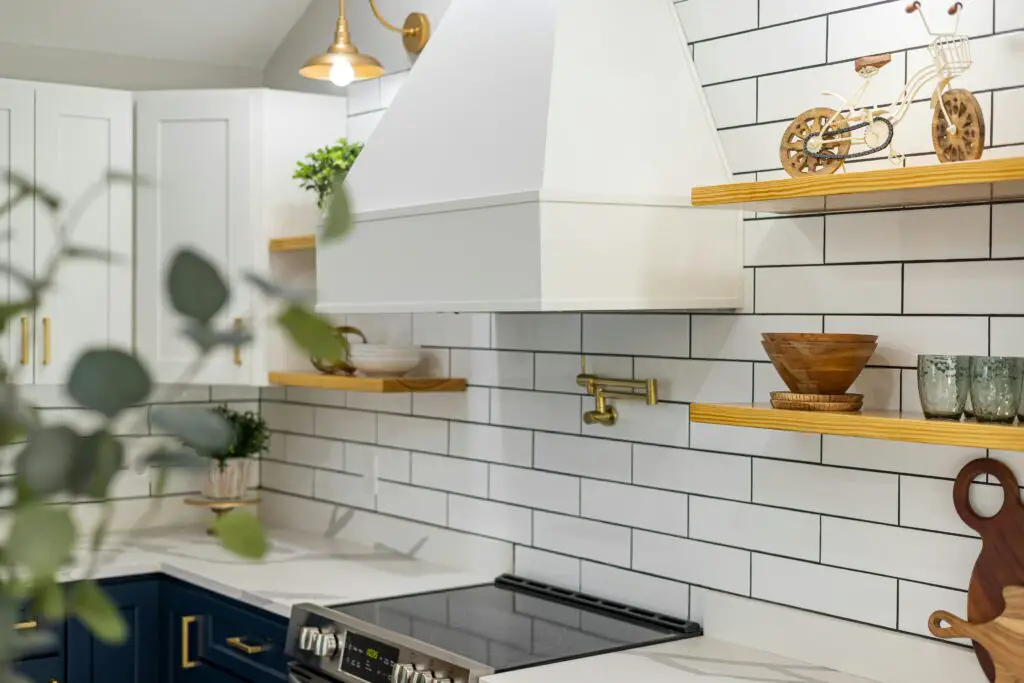
Open shelves were once the go-to way to make a kitchen feel airy and “styled,” but the shine has worn off. As mentioned by Yellow Brick Home, this trend may photograph beautifully but often falls flat in real-life kitchens where function and tidiness matter more than aesthetics. Dust, grease, and the need for constant rearranging have made many homeowners rethink the open-shelf fantasy. It turns out, most people just want cabinets that close.
That’s not to say open shelving has no place—but it works best in small doses. A couple of styled shelves mixed with closed cabinetry can still look great without sacrificing function. These days, people want easy, livable spaces more than curated displays. If you’re tired of performing for your pantry, you’re not alone.
5. Vessel Sinks
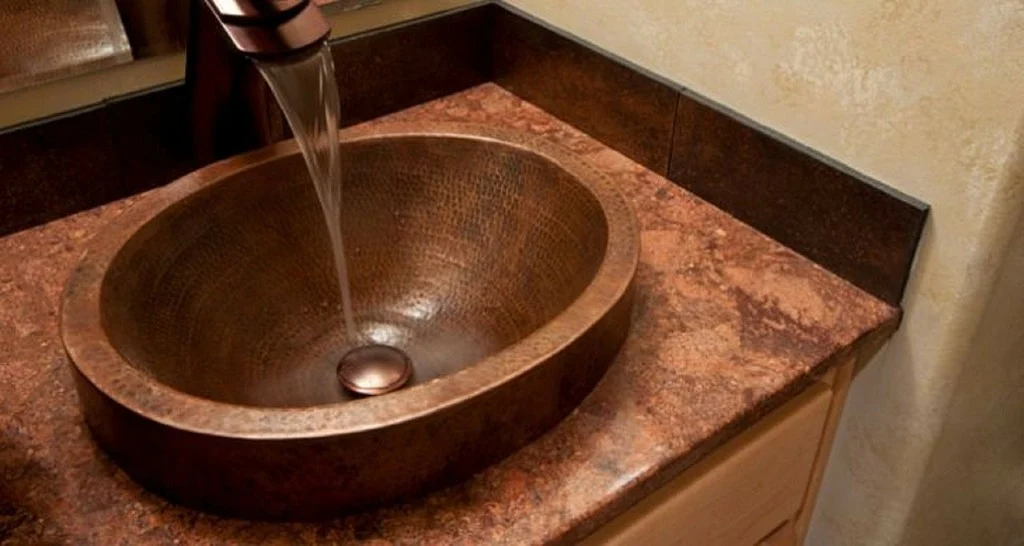
These bowl-style sinks once gave bathrooms a boutique-hotel flair, but now they’re mostly seen as impractical. They’re harder to clean around, can splash water easily, and often sit too high on standard vanities. What once seemed modern now just feels fussy. Plus, vessel sinks can limit counter space in already small bathrooms.
Undermount sinks are making a strong comeback for their sleek, low-maintenance appeal. They make wiping down counters easier and visually open up the vanity area. If you’re remodeling a bathroom, switching out a vessel sink is a quick way to make the whole space feel more up-to-date. It’s all about form and function now.
6. Accent Walls with Bold Wallpaper
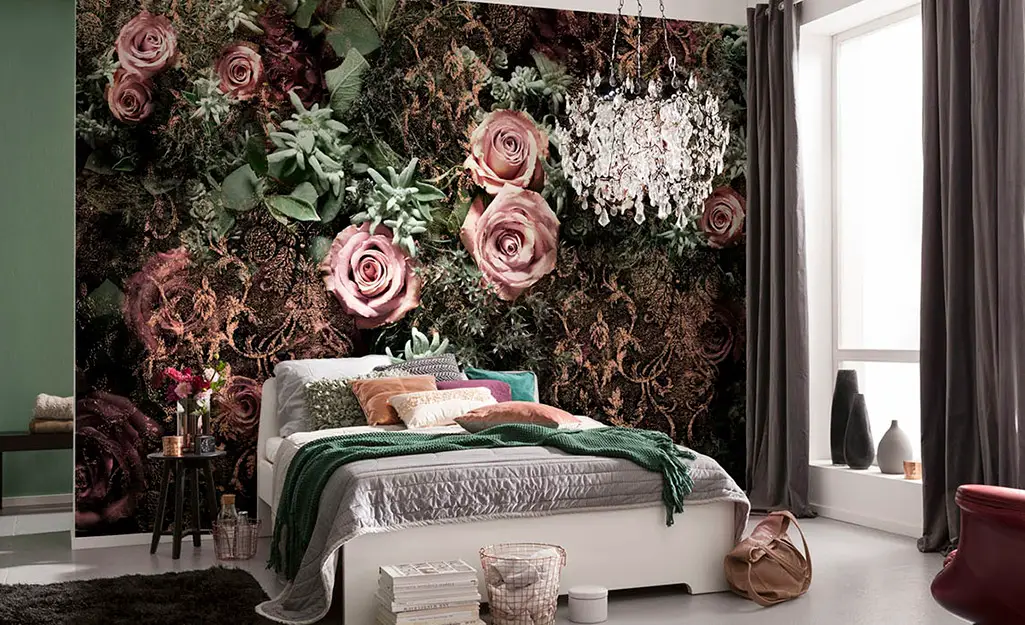
Five years ago, a wallpapered accent wall was the go-to way to add “personality” without fully committing. But today, the one-wall wonder is starting to feel like a half-measure. It can chop up a room visually and feel less cohesive than all-over color or texture. And if the print leans too trendy (think palm leaves or geometric metallics), it can date a room fast.
Wallpaper still has its place, but now it’s about thoughtful, room-wide application or subtle patterns. Grasscloth, small-scale florals, or tone-on-tone textures feel a lot more timeless. The key is integrating the wall design with the room’s overall palette and furniture. If the wallpaper is the only bold element in the room, it tends to look more jarring than interesting.
7. Shiplap Everything
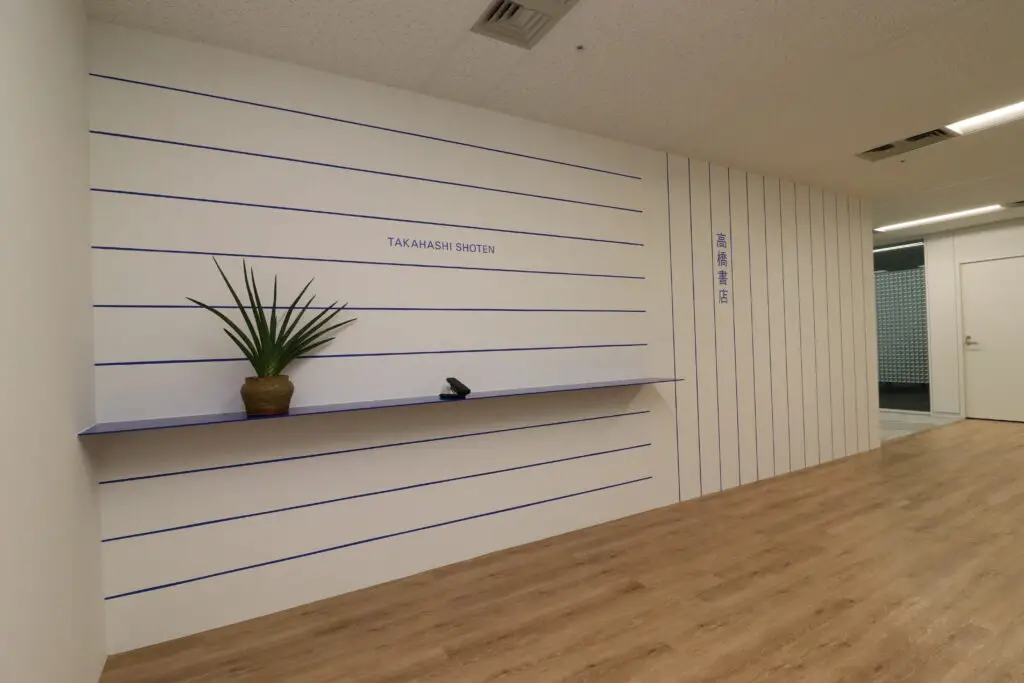
Once the darling of DIY makeovers and farmhouse fans alike, shiplap is starting to lose its charm. What was once cozy and quaint now feels repetitive, especially when it’s applied wall-to-wall or throughout an entire home. It’s not that shiplap is objectively bad—it’s just been so overused that it no longer feels fresh. Like subway tile, it’s become a visual default.
Instead of full shiplap walls, designers now suggest using it more strategically—like on a ceiling, in a mudroom, or as wainscoting. Or try alternatives like slat wood paneling for a more modern take on texture. The goal is to add interest without copying a formula that everyone’s seen a hundred times. A little goes a long way.
8. Floating Vanities

Floating vanities once looked like a sleek, modern upgrade in bathrooms. But now, their minimal design sometimes reads as cold or impractical, especially in family homes. They often offer less storage and can be harder to clean under—neither of which appeals to busy homeowners. A good design should do more than just look cool in a photo.
More grounded vanities with legs or full cabinetry are making a return because they balance beauty with utility. People are looking for smarter storage and solid craftsmanship. If you still love the floating look, try combining it with under-lighting or a warm wood tone to soften the effect. But don’t feel pressured to float your vanity just to feel “modern.”
9. Overly Themed Rooms
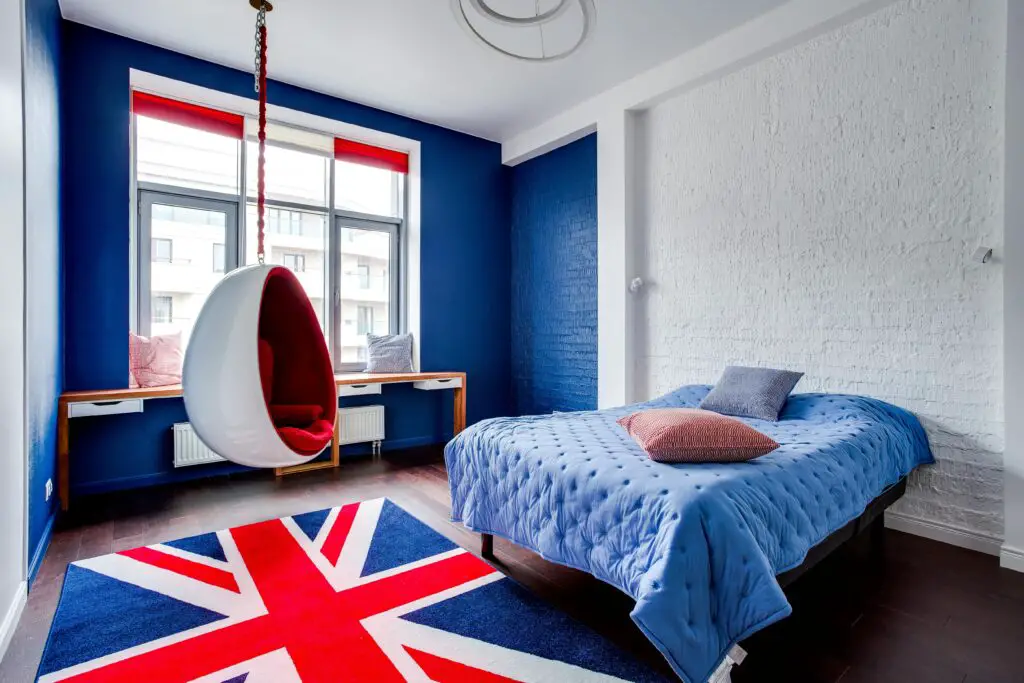
Whether it was coastal chic, mid-century everything, or an all-white Scandinavian moment, overly themed rooms are starting to feel stiff. They can make a space feel like a showroom instead of a home, especially when every piece of furniture or decor fits one exact aesthetic. The new trend is mixing styles to reflect personality rather than just Pinterest boards. Basically, it’s less “I live in a catalog” and more “this is where I actually live.”
That doesn’t mean you can’t lean into a style you love. But blending vintage pieces with newer ones—or adding one unexpected element—keeps the space feeling alive and personal. It’s okay if your home doesn’t have a strict design label. In fact, that’s kind of the point now.
10. Wall-to-Wall Carpeting
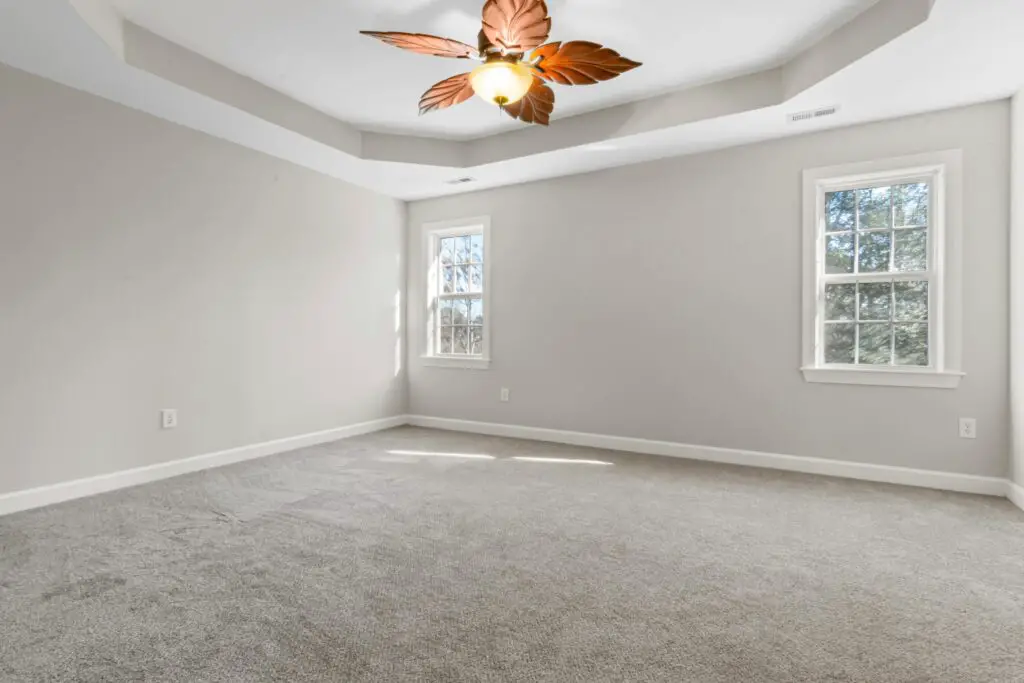
It’s cozy, sure—but unless it’s brand new and ultra high-end, carpet throughout the home can feel dated fast. It traps allergens, shows wear quickly, and is notoriously hard to keep truly clean. While it still makes sense in some bedrooms, buyers today are more drawn to hard flooring with area rugs layered on top. It feels cleaner, more modern, and more adaptable.
Engineered hardwood, LVP (luxury vinyl plank), and polished concrete are all trending for their durability and style. Plus, you can change up the vibe of a room way more easily with a new rug than with new carpet. Carpet isn’t dead, but it’s no longer the go-to for main living areas. When in doubt, keep it minimal underfoot.
11. Granite Countertops with Busy Patterns
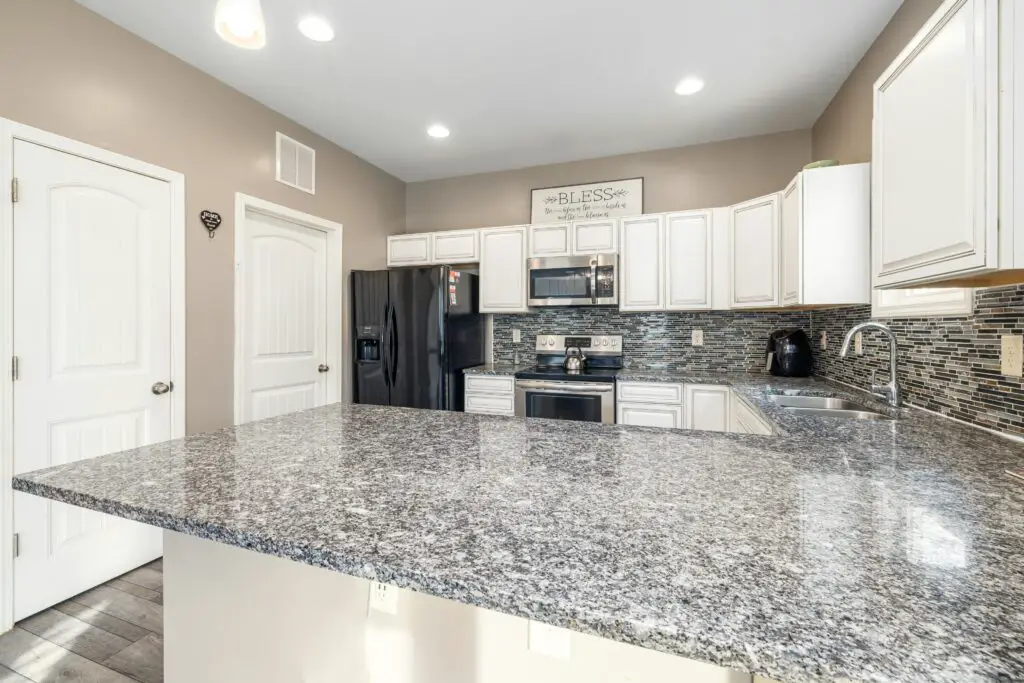
Granite was once the pinnacle of luxury, but now the trend is toward simpler, more uniform countertops. Busy speckled or mottled patterns can overwhelm a kitchen and feel a little dated next to today’s clean-line cabinets and backsplashes. Materials like quartz, soapstone, and even butcher block are now stealing the spotlight for their softer appearance and low maintenance. It’s not that granite is “bad”—just that the loud styles aren’t the favorite anymore.
If you already have granite, consider updating the surrounding elements like cabinet color or backsplash to tone things down. But if you’re starting from scratch, you might want to skip the ornate swirls in favor of something more muted. A calm countertop lets other parts of your kitchen shine. Less visual noise equals more visual harmony.
12. Faux Finishes (Looking at You, Venetian Plaster)
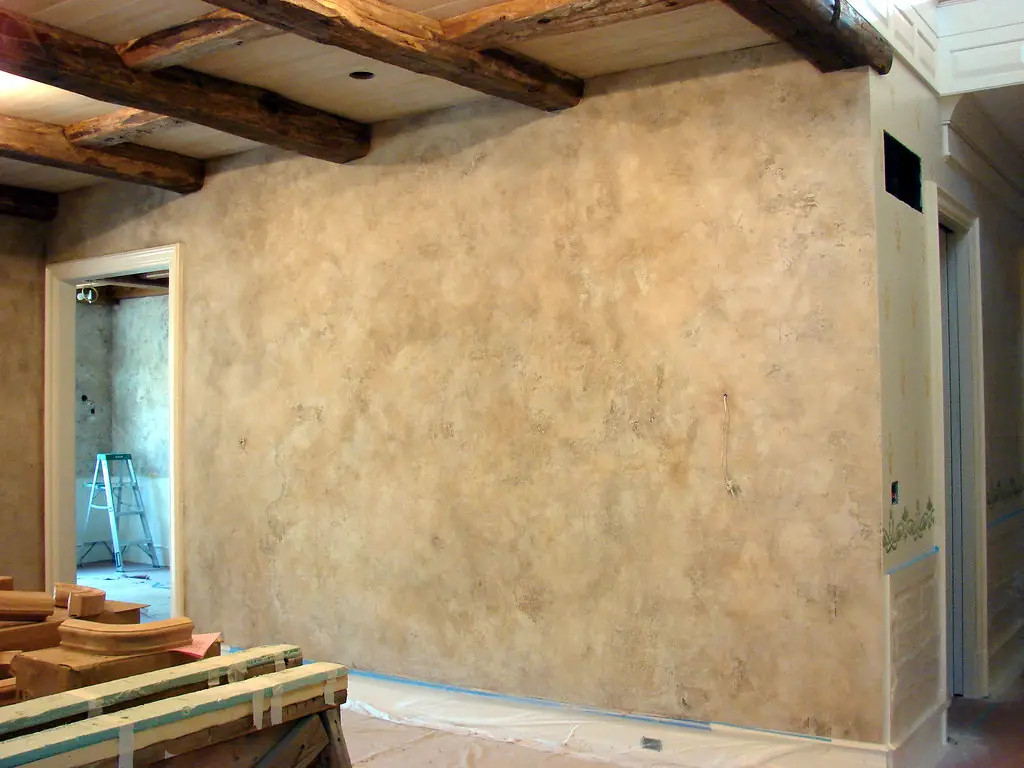
From faux brick walls to sponge-painted “Tuscan” finishes, decorative wall treatments from the last two decades are not aging well. They were fun while they lasted, but most people now prefer clean, smooth walls or subtle texturing. Faux finishes often require a lot of upkeep and rarely fool anyone anymore. Plus, they’re notoriously hard to paint over or remove.
If you love texture, consider a real limewash or microcement instead—both are trending and far more timeless. These finishes feel organic and layered, not artificial. The look is still lived-in, but with much more polish. And if you’re renting? Peel-and-stick panels are your best friend for temporary style without the long-term regret.
13. Overuse of Recessed Lighting
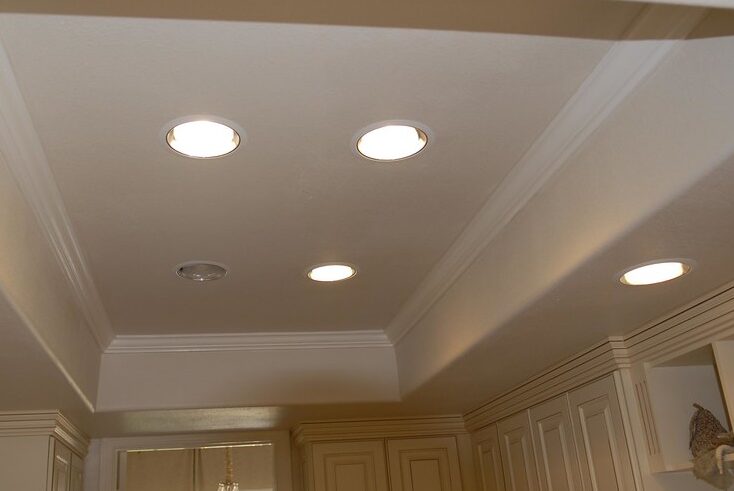
While recessed lighting is still a staple, using it as the only light source in a room can make the space feel flat and cold. It doesn’t provide the layered lighting that makes a room feel inviting. Five years ago, it seemed like the easiest way to “modernize” a ceiling—but now, people are craving warmth, ambiance, and a mix of lighting styles. Think: lamps, sconces, pendants, and even picture lights.
If you have recessed lights everywhere, try pairing them with dimmers and adding other light sources to soften the vibe. It’s not about eliminating them—it’s about using them more intentionally. Design is shifting toward a more cozy, lived-in aesthetic, and lighting plays a huge part in that. The good news? Updating lighting is often one of the fastest ways to refresh a space.
